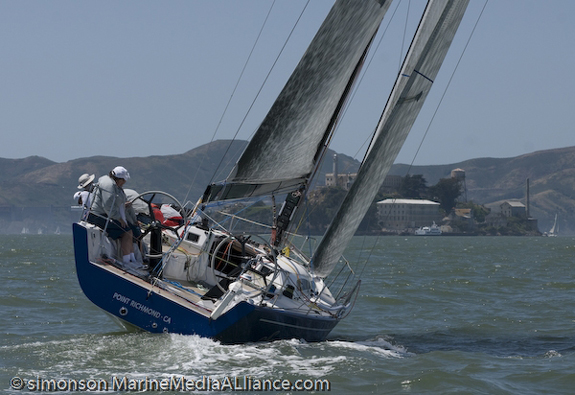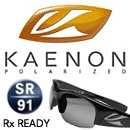
|
|
|
Scuttlebutt News: Electric Winches and the IRC Rule
In the July/August issue of Sailing World, a tech review story explores the electric winch system that Easom installed, and how it brilliantly allows the crew to trim the sails while minimizing effort and maximizing proper crew weight placement. Curious about the ramifications of such a system for the future of the IRC rule, Scuttlebutt contacted US-IRC Executive Director Luiz E. Kahl for some clarification: The IRC rule likes to be inclusive of whatever the developments are in sailing. It all started many years ago when IRC first allowed stored power on the Swans with the view that it wasn’t any advantage (slow electrical winches at the time) but permitted the less young and agile to compete while using the standard powered winches installed on their boats. Over the years, this equipment has developed and IRC has worked to keep up with the technology. Throughout the years, the IRC certificate application has specifically asked questions so as to properly rate the yachts and their equipment. No rule can think of everything so some new developments may take a little time to be addressed but rest assured that they are addressed at the first opportunity available. In the case of “power”, the declaration requirement is already in the application. Regarding the rule itself, IRC Rule 14.1 states that “RRS 52 Manual Power shall not apply. This rule may be amended by the notice of race” which means that if an Organizing Authority would sees fit, they can override and enforce RRS52 by stating so in the NOR or the SIs for the event. As a follow up, rule 14.2 states that “Boats using stored power for the adjustment or operation of running rigging (eg backstays, runners, checkstays, sheets, guys, etc), but excluding the hoisting, reefing or furling of sails, shall declare this to the Rating Authority” which means that every boat should have declared in their application the use of electrical power and their rating reflects that application to the best of our knowledge today. It is not as common on the smaller boats (30-40 footers) as it is in the bigger boats due to overall costs along with what I would call the “gain to weight ratio”, meaning that the gain in performance versus the rating assessment does not justify the weight increase with added batteries, hydraulics, components, etc. to add an electrical winch system to the smaller boats. On the opposite end, the bigger boats with much higher loads and weight can find justification in their performance gain versus their rating assessment since the weight added is much a smaller percentage. From what I have read so far, the system installed on Soozal seems to be a pretty advanced electrical winch system for a 40 footer, and with all that development, technology and equipment, it is probably not an inexpensive system to add on to a boat, especially in the overall price scheme and cost of a 40 footer. They will probably show up sooner on the larger, more well-funded programs before it trickles down. I would think that it would be a few years before that system becomes “affordable” for a 40 footer, and while this technology development happens, the IRC rule will also be dealing with it as it progresses and as it gathers more performance information on how it affects a boat’s performance and ratings. No one and no ratings system wants to see a “haves and have nots scenario” as it is not healthy for the sport. But this equipment is just one in a long line of technology developments in our sport and we have to deal with each one as they come. Rest assured that the folks at RORC and UNCL that control and maintain the IRC rule have already started looking at it and I would not be surprised at all to see Soozal’s TCC increase next year as the added performance these packages bring to the sport becomes better understood and the TCCs properly adjusted for their gain. 
back to top |







|


